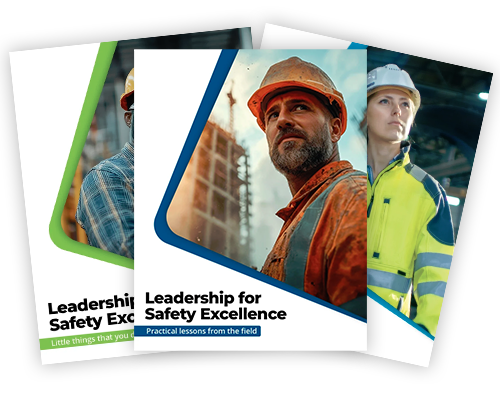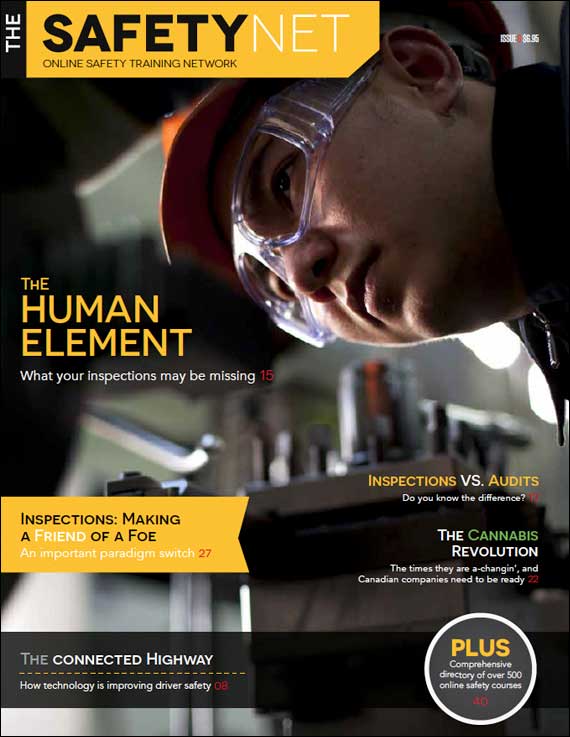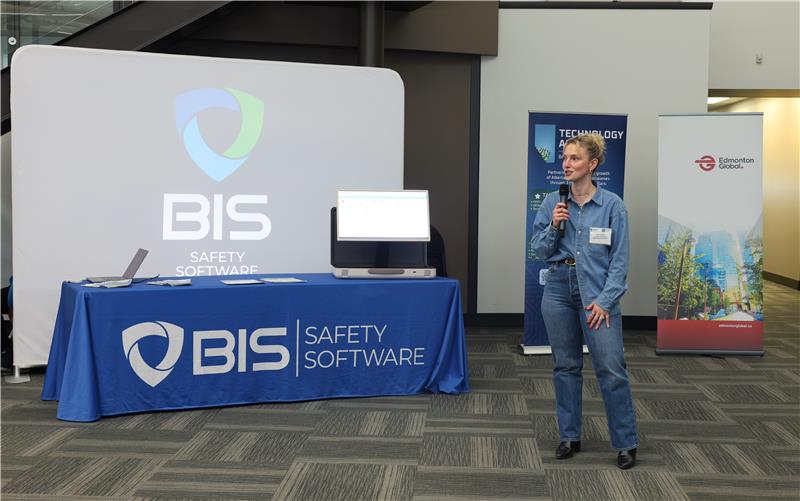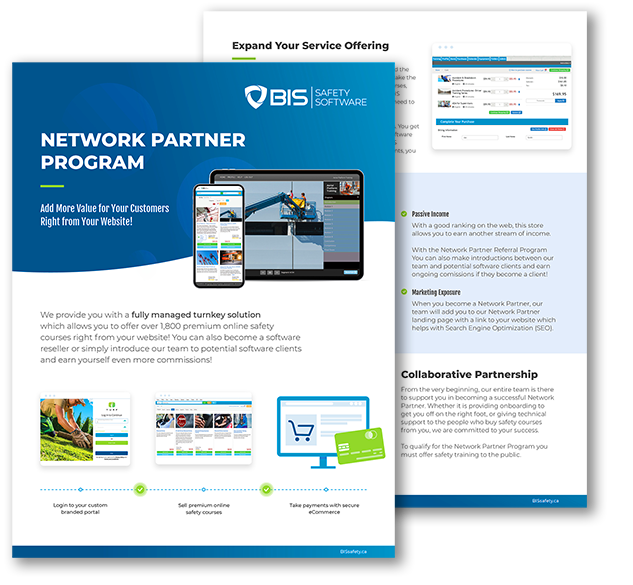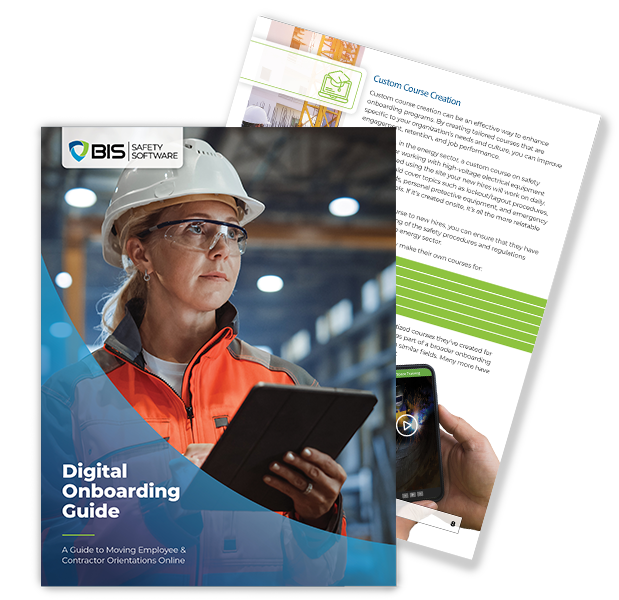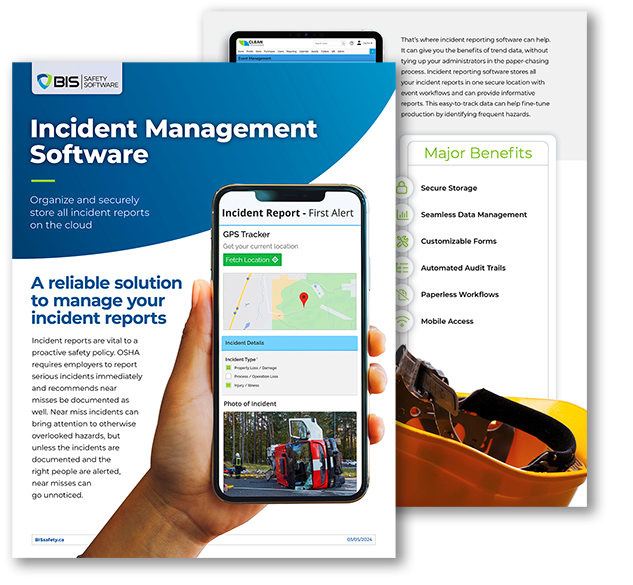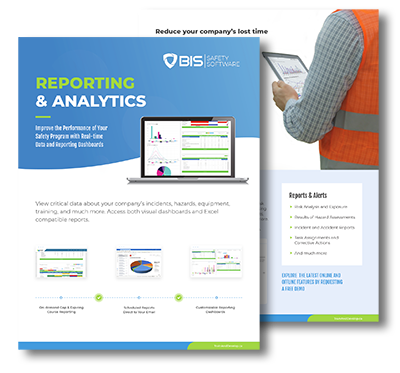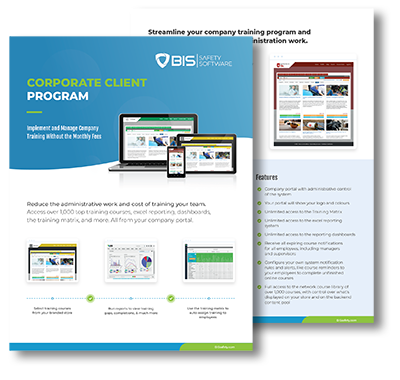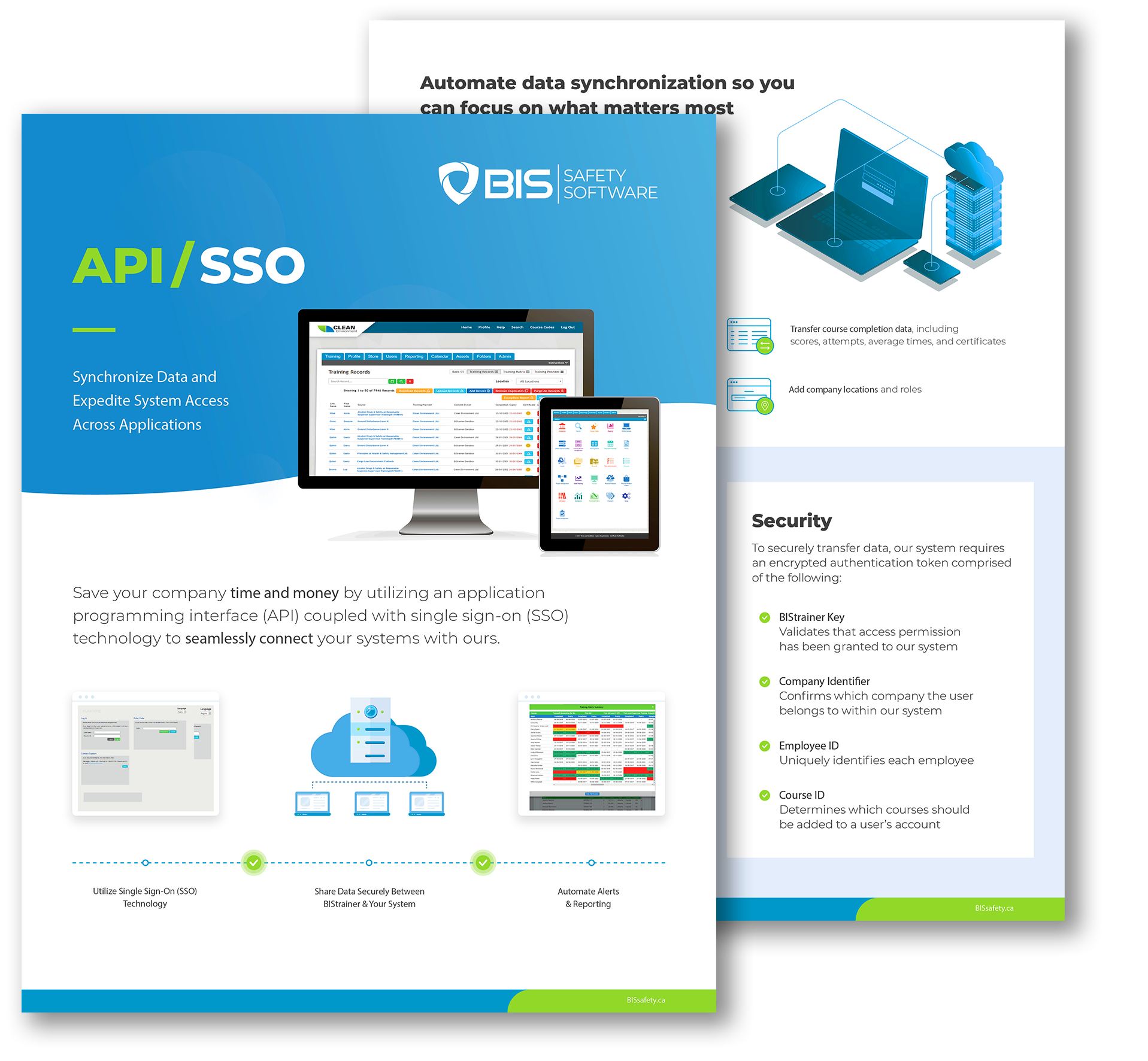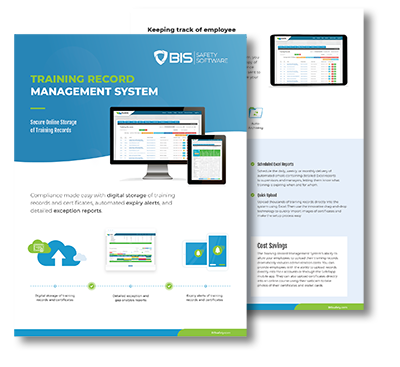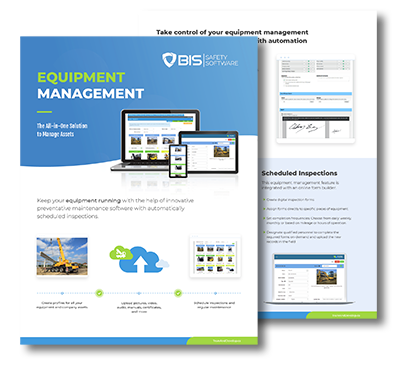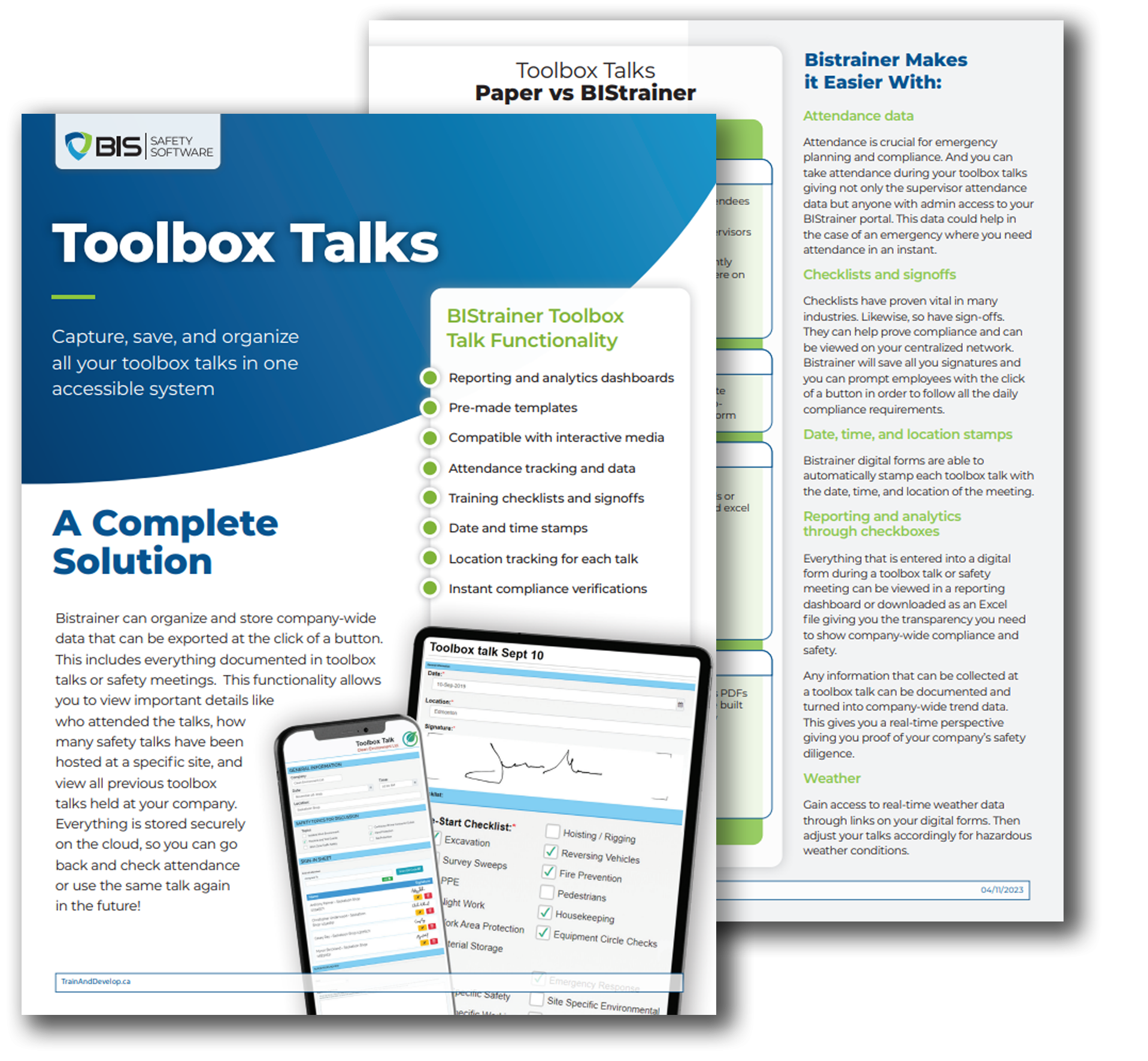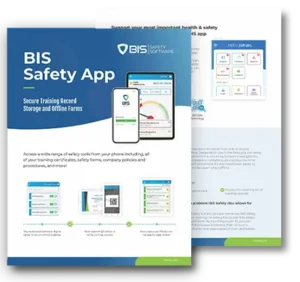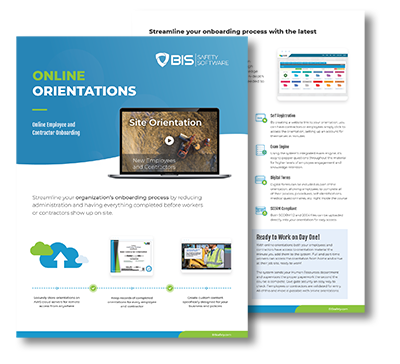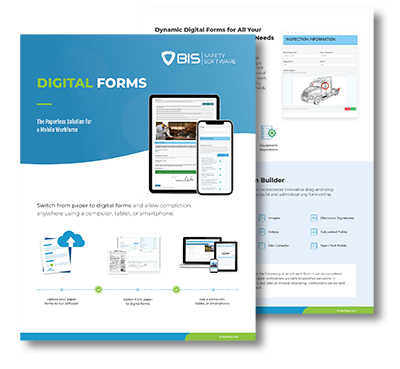Propane Safety in the Workplace
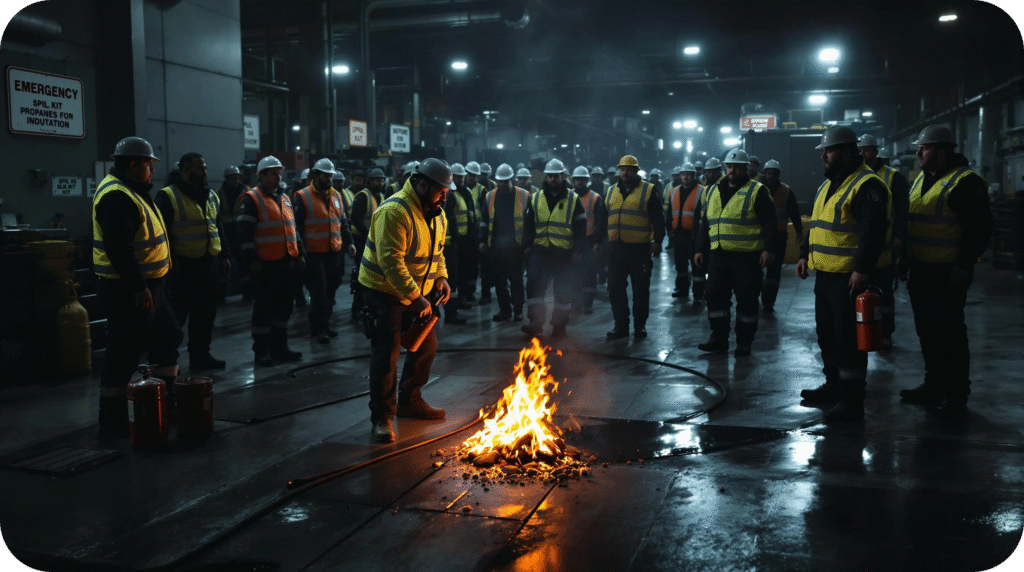
Propane is versatile and efficient but can be dangerous if mishandled. Learn essential safety tips for transport, storage, handling, and emergencies.
What’s in Your First Aid Kit?
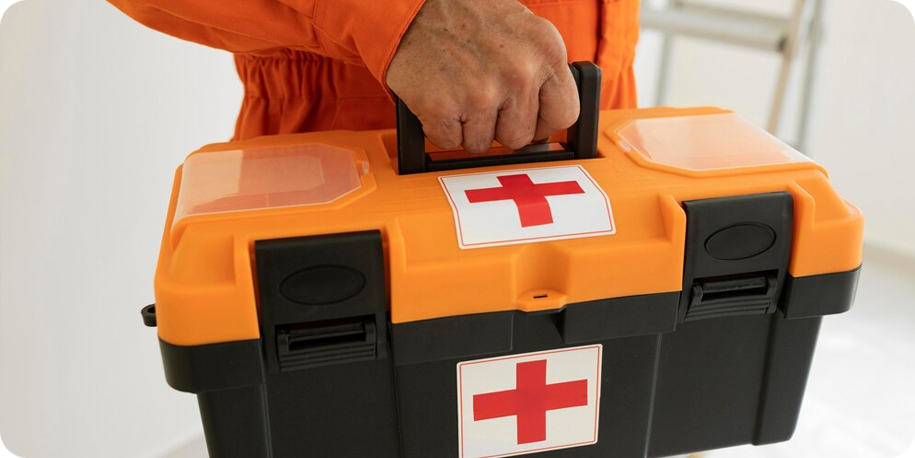
Home Blog What’s in Your First Aid Kit? The Critical Supplies Most Workplaces Forget By DanAdminCAD Facebook LinkedIn A first-aid kit isn’t just a box on the wall, it’s the difference between a quick recovery and a trip to the hospital. But too many workplaces stock them once and forget about them. In an emergency, they reach for the kit and find empty wrappers, dried-up wipes, or missing supplies. A well-stocked kit isn’t just a regulation, it’s a lifeline. It’s the first line of defense when medical help is minutes away. The right supplies stop bleeding, fight infection, and keep injuries stable until help arrives. Without them, minor incidents can turn into serious medical emergencies. The Basics: What Every Kit Should Have Every workplace first-aid kit should include: Bandages (various sizes) for cuts and scrapes Sterile gauze pads and medical tape for larger wounds Antiseptic wipes to clean injuries Disposable gloves to prevent infection Scissors and tweezers for removing debris CPR mask for emergency resuscitation Instant cold packs for swelling and strains Pain relievers for headaches and minor pain Burn dressings for thermal injuries Adhesive tape to secure bandages Finger splints to support minor fractures Eye pads for eye injuries The Essentials Most Workplaces Forget Many first-aid kits are missing critical supplies. Here’s what often gets overlooked: Tourniquets : In severe bleeding, a tourniquet can save a life. Eyewash Solution: Essential for workplaces with dust, chemicals, or debris hazards. Emergency Blankets : Shock and hypothermia can be just as dangerous as injuries. Allergy Medication: Antihistamines for unexpected allergic reactions. Splints: Stabilizing a fracture can prevent further damage before medical help arrives. Wound Closure Strips: For deeper cuts that need more than a bandage but less than stitches. Hemostatic Dressings: These help clot wounds faster and stop severe bleeding quickly. Breathing Barrier Mask: A key tool for performing safe and effective CPR. Hydration Tablets: In cases of dehydration or heat exhaustion, they help restore essential electrolytes. Nitrile Gloves: A backup in case regular gloves run out or get damaged. How to Keep Your Kit Ready A first-aid kit is only useful if it’s stocked, accessible, and workers know how to use it. Check supplies monthly, items expire, get used, or go missing. Restock after every use because a half-stocked kit is as bad as none at all. Train workers so they know what’s inside and how to use it in an emergency. Customize the kit for your workplace. High-risk jobs need more. Burn dressings, eyewash stations, and heavy bleeding control are must-haves. Keep multiple kits if the worksite is large or spread out. Ensure emergency contact numbers and medical instructions are included in each kit. Finally, keep it visible and easy to reach. A locked or hidden kit helps no one when seconds matter. Beyond the Kit: Building a Prepared Workplace A stocked first-aid kit is essential, but it’s only part of workplace readiness. Every worker should know where the kit is located and how to use it. First-aid training should be routine, not just for supervisors but for every employee. The faster a response, the better the outcome. Workplaces should also assess specific risks. A construction site needs different supplies than an office. A factory with chemical exposure risks must prepare for burns and inhalation hazards. Regular safety drills help reinforce what to do in an emergency, ensuring workers don’t just rely on the kit but also on their knowledge and training. Final Thought: A Kit is Only Useful If It’s Ready An empty first-aid kit is worse than none at all, it gives a false sense of security. A real emergency isn’t the time to realize you’re missing what you need. Stay stocked, stay prepared, and make sure your team knows how to use it. Because when seconds matter, the right supplies, and the right training, can save a life. Follow us! Stay up-to-date with the latest spotlight articles, podcasts, the SafetyNET Magazine, or our book on Leadership for Safety Excellence. All updates will be shared on our social channels, click below to follow us. Facebook Linkedin Related Articles All Posts #EmergencyPreparedness 2025 safety trends 360 Immersive 360immersive 6S Safety accident prevention accidental careers accountability adjustable workstations adult education AI automation AI implementation AI in business AI in operations AI in Safety AI podcast AI strategy AI transformation Alberta safety courses Allan James Moore artificial intelligence asking for help audit findings audit readiness Audit Reporting automation in safety automation strategy avoidable injuries awareness Aztec Safety back strain BambooHR integration Bear safety behavior-based safety Behavioral Safety behavioural safety biometric sensors BIS Podcast BIS Safety Podcasts BIS Safety Software BIS Safety Spotlight black holes Blame Culture Blue Angels BP Texas City Explosion Brave Leadership Brett Burkard burnout business automation call before you dig Canadian OHS Canadian safety Canadian safety history Canadian safety standards Canadian wilderness safety carbon monoxide Carolynne Heron CCOHS chemical chemical vapors chronic injuries chronic pain cloud-based safety tools Coming Soon community safety programs Competency in Safety complacency in safety Compliance compliance courses Compliance In Canada compliance issues Compliance management Compliance Reporting compliance software compliance tools compliance tracking compliance training compliance vs protection Construction advocacy Construction education Construction industry construction safety construction safety training construction technology continuous improvement continuous safety improvement corporate culture corporate training corrective actions CPR and AED crane CSA standards Customer Spotlight Customer Spotlight Kevin Swinden Global Hazmat Safety Culture Hazmat Management Dangerous Goods Competency in Safety Workplace Risk Mitigation BIS Training Clients Canadian EHS customized training daily trip inspection Damage Prevention Dangerous Goods dangerous goods classification Danny Sellers data-driven safety debriefing Decision Analysis defect management defect tracking defensive driving DEI in onboarding digital badges digital compliance digital FLHA digital forms Digital Hazard Reporting Digital Onboarding digital safety Digital Safety Audits digital safety meetings Digital safety systems digital safety tools digital safety transformation digital site access Digital Training Tools digital transformation DMS features document control document management system Dr. Joanna Pagonis Dr. Tom Krause driver file management driver training driving instructor program DTRMS e-learning e-learning tools eadership
Pipeline Construction Safety Training
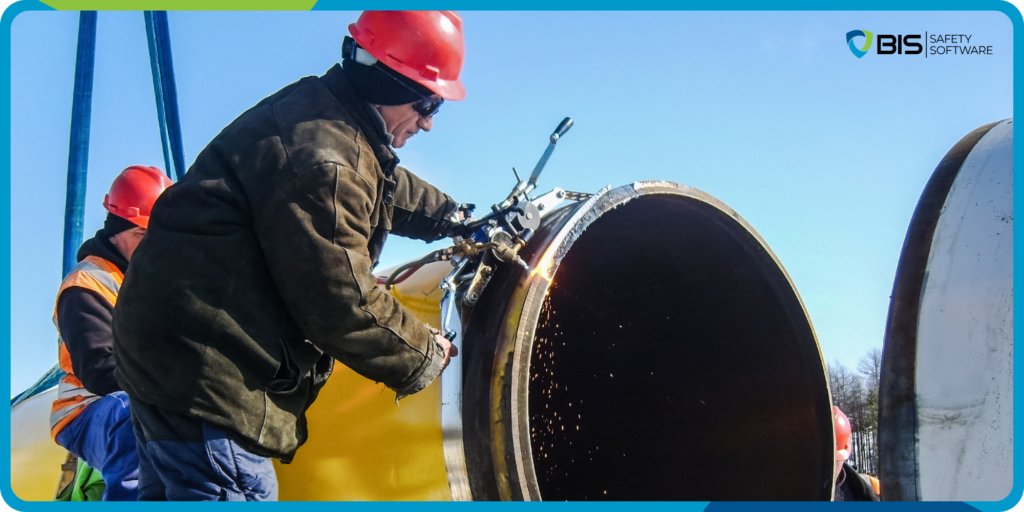
Home Blog Pipeline Construction Safety Training Essential Knowledge for Workers Enroll today! By RDadiz Facebook LinkedIn Pipeline construction plays a vital role in transporting oil and natural gas efficiently and safely. However, building and maintaining these pipelines comes with significant hazards that can put workers, the environment, and the surrounding communities at risk. Proper training ensures that every worker understands the best safety practices, potential hazards, and industry regulations. The Pipeline Construction Safety Training (PCST) course provides comprehensive knowledge on hazard identification, risk mitigation, and safe construction techniques. This training ensures workers can perform their jobs safely and effectively. Upon completion, participants receive a QR Code-enabled certificate for quick verification of their credentials. Why Pipeline Construction Safety Training Matters Pipeline construction involves heavy machinery, hazardous materials, and complex processes. Without the proper training, workers face risks such as falls, equipment-related injuries, chemical exposure, and fire hazards. A well-trained workforce helps to: ✔ Prevent accidents and injuries on-site ✔ Ensure compliance with safety regulations ✔ Reduce costly delays caused by safety violations ✔ Protect the environment from contamination risks ✔ Improve communication and teamwork among workers What’s Covered in Pipeline Construction Safety Training? 1. Understanding Pipeline Construction Processes ✔ Overview of pipeline construction steps ✔ Surveying, trenching, and laying pipelines ✔ Welding, coating, and non-destructive testing ✔ Backfilling, pressure testing, and reclamation 2. Recognizing Common Hazards ✔ Working around heavy equipment and vehicles ✔ Uneven terrain and trench-related risks ✔ Exposure to hazardous chemicals and gases ✔ Lockout/Tagout (LOTO) procedures for hazardous energy ✔ Overhead power line safety 3. Fire Prevention and Emergency Preparedness ✔ Fire hazard identification and prevention strategies ✔ Fire extinguisher types and proper use (PASS method) ✔ Emergency response procedures for spills and incidents ✔ Safe handling of flammable materials 4. Personal Protective Equipment (PPE) and Safe Practices ✔ Selecting and using the right PPE for pipeline work ✔ Importance of eye, hand, foot, and respiratory protection ✔ Best practices for avoiding workplace injuries ✔ Safety protocols for working in remote locations Get Certified Today! Pipeline construction requires specialized knowledge and adherence to strict safety standards. The Pipeline Construction Safety Training (PCST) course provides workers with the essential skills to work safely, prevent accidents, and ensure compliance with industry regulations. Participants will receive a QR Code-enabled certificate for verification. Enhance your safety knowledge, [Enroll in Pipeline Construction Safety Training Today]! Follow us! Stay up-to-date with the latest spotlight articles, podcasts, the SafetyNET Magazine, or our book on Leadership for Safety Excellence. All updates will be shared on our social channels, click below to follow us. Facebook Linkedin Related Articles All Posts #EmergencyPreparedness 2025 safety trends 360 Immersive 360immersive 6S Safety accident prevention accidental careers adjustable workstations adult education AI automation AI implementation AI in business AI in operations AI in Safety AI podcast AI strategy AI transformation Alberta safety courses Allan James Moore artificial intelligence asking for help audit findings audit readiness Audit Reporting automation in safety automation strategy avoidable injuries awareness Aztec Safety back strain BambooHR integration behavior-based safety Behavioral Safety behavioural safety biometric sensors BIS Podcast BIS Safety Podcasts BIS Safety Software BIS Safety Spotlight black holes Blame Culture BP Texas City Explosion Brave Leadership Brett Burkard burnout business automation Canadian OHS Canadian safety Canadian safety history Canadian safety standards carbon monoxide Carolynne Heron CCOHS chemical chemical vapors chronic injuries chronic pain cloud-based safety tools Coming Soon community safety programs Competency in Safety complacency in safety Compliance compliance courses Compliance In Canada compliance issues Compliance management Compliance Reporting compliance software compliance tools compliance tracking compliance training compliance vs protection Construction advocacy Construction education Construction industry construction safety construction safety training continuous improvement continuous safety improvement corporate culture corporate training corrective actions crane CSA standards Customer Spotlight Customer Spotlight Kevin Swinden Global Hazmat Safety Culture Hazmat Management Dangerous Goods Competency in Safety Workplace Risk Mitigation BIS Training Clients Canadian EHS customized training daily trip inspection Damage Prevention Dangerous Goods dangerous goods classification Danny Sellers data-driven safety Decision Analysis defect management defect tracking defensive driving DEI in onboarding digital compliance digital forms Digital Hazard Reporting Digital Onboarding digital safety Digital Safety Audits Digital safety systems digital safety tools digital safety transformation Digital Training Tools digital transformation DMS features document control document management system Dr. Joanna Pagonis Dr. Tom Krause driver file management driver training driving instructor program DTRMS e-learning e-learning tools eadership in safety early intervention education technology EHS EHS Adoption EHS Compliance EHS digital solutions EHS Inspections EHS Onboarding EHS software EHS systems EHS tools Einstein electrical safety Emergency Action Plan emergency preparedness emergency response emergency supplies emotional training employee behavior employee engagement employee health Employee onboarding Employee Readiness employee safety employee training Energy Isolation ergonomic consulting ergonomic design ergonomic risks ergonomics Evacuation Procedures evidence collection EWI Works exoskeleton exoskeletons failure analysis fall protection fast onboarding field experience field level hazard assessments field safety field safety assessments field safety services Field Safety Technology Field-Friendly Software Fire Drills fire prevention Fire Safety Training first aid kit first week on the job first workplace injury fleet management fleet safety FLHA engagement FLHA Integration FLHA software FMEA freight Frontline Engagement frontline safety future of work Global Hazmat global onboarding gravitational waves hand injuries handling hazardous materials hands-on training hazard analysis hazard assessment compliance Hazard Awareness hazard communication Hazard Identification hazard prevention hazard recognition Hazardous Energy Control Hazmat Management Health & Safety Podcast health and safety hearing loss prevention hearing protection heavy equipment safety hidden workplace hazards high voltage systems HR automation HR software human factors human in the loop Human Performance human vs machine human-centered design human-centered safety humor in safety ICBC certification identification immersive learning Imposter Syndrome incident data incident investigation incident prevention incident reporting industrial AI Industrial Hygiene industrial safety influence vs control Infrastructure Risk injury consequences injury prevention injury prevention tips injury recovery injury reporting injury response injury response plan instructor development internal audits international workforce invisible dangers ISO standards Jeff Mulligan Jennifer Lastra job site accountability job site hazards job site risks job site



